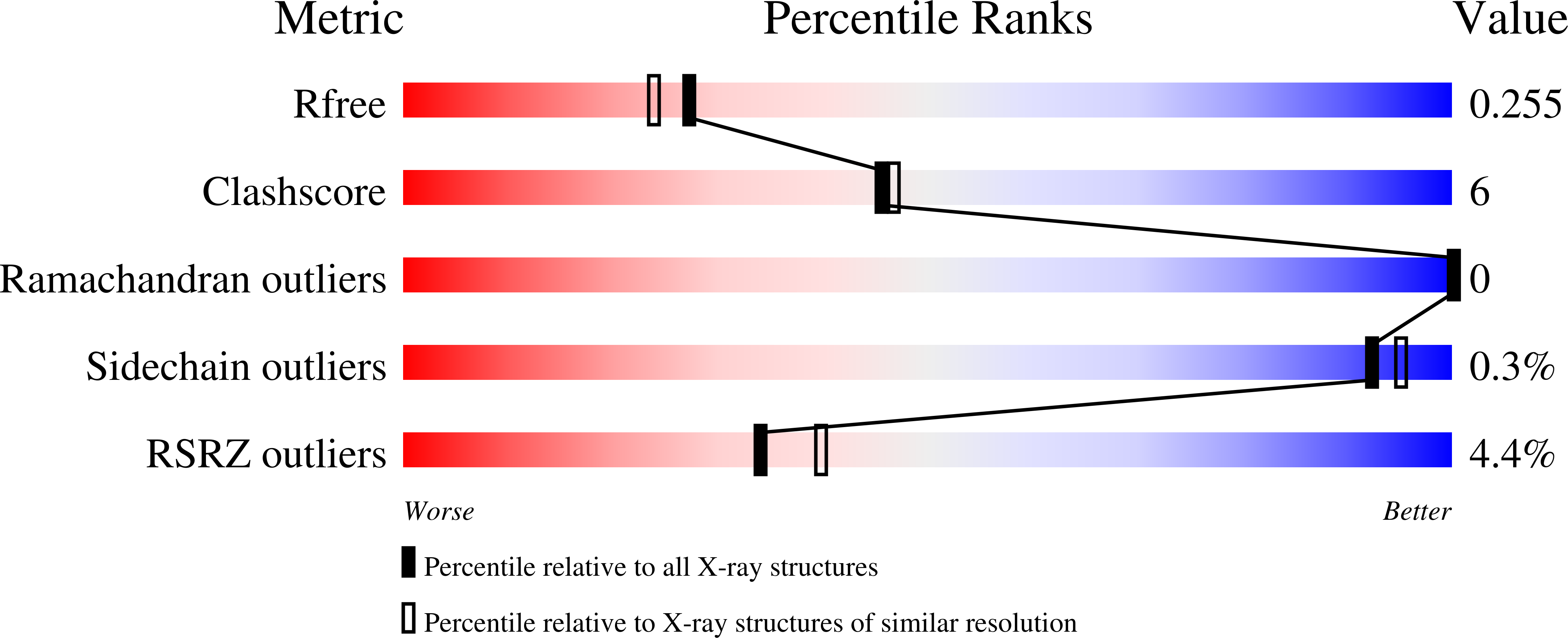
Deposition Date
2020-11-26
Release Date
2021-12-08
Last Version Date
2024-11-20
Entry Detail
PDB ID:
7B28
Keywords:
Title:
Complement inhibitor CirpA3 from Rhipicephalus pulchellus
Biological Source:
Source Organism:
Rhipicephalus pulchellus (Taxon ID: 72859)
Host Organism:
Method Details:
Experimental Method:
Resolution:
2.10 Å
R-Value Free:
0.25
R-Value Work:
0.21
R-Value Observed:
0.22
Space Group:
P 1 21 1


